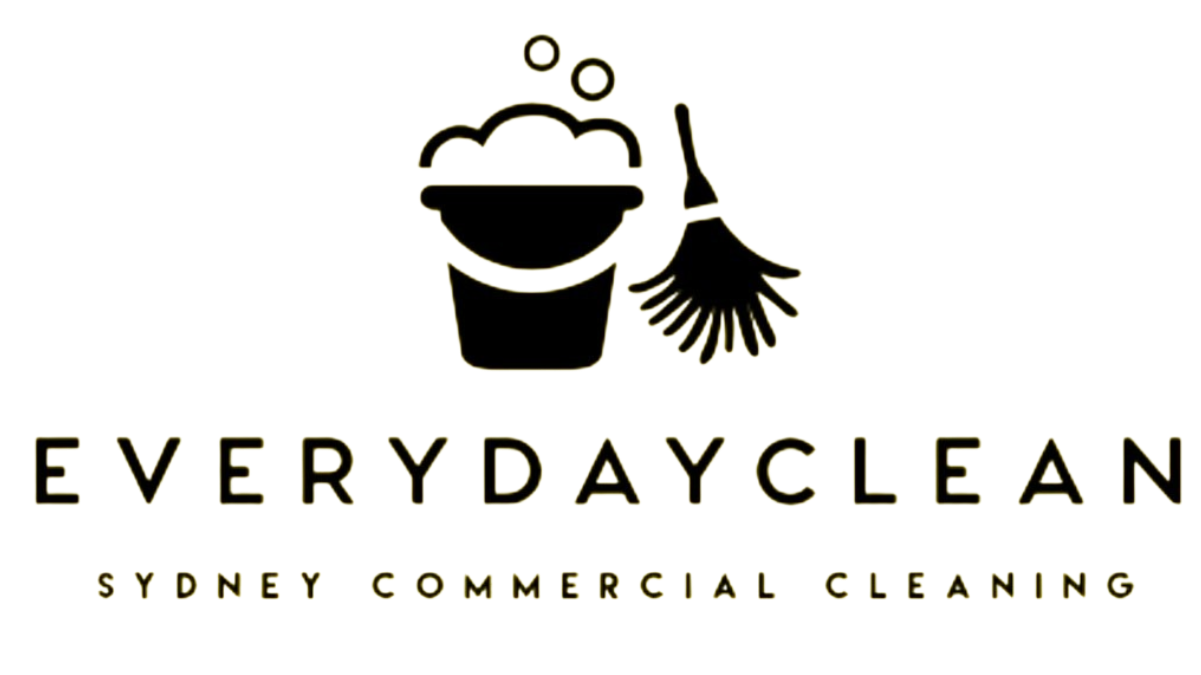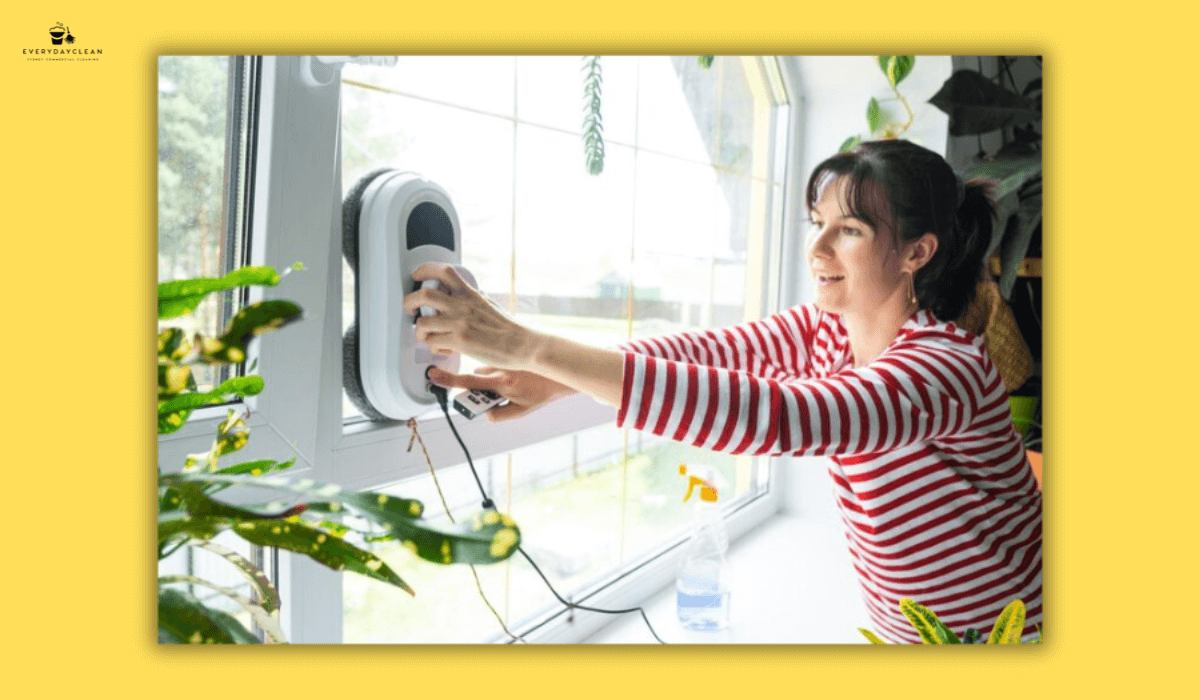High Rise Window Cleaning: 5 Safe, Professional Steps
High-rise window cleaning is a specialised service designed to clean exterior glass on multi-storey buildings safely and effectively. Because tall buildings face wind, pollution, and salt exposure, regular cleaning is essential to maintain visibility and façade appearance. Professionals use rope access, swing stages, or water-fed poles to wash and squeegee glass while complying with Australian height-safety regulations.
A structured approach is what keeps these jobs both clean and controlled. Each project begins with inspection, setup, washing, squeegeeing, and final detailing, ensuring every panel shines without streaks or residue.
5 Steps to High Rise Window Cleaning
High-rise window cleaning should always follow a clear, repeatable structure. Below is the industry-standard five-step process used by most Australian commercial cleaning teams.
Step 1: Inspect and Prepare the Site
Preparation starts long before the first drop. The façade is inspected for cracks, loose seals, or obstructions such as fins or louvres. Technicians also check anchor points, assess wind speed, and set exclusion zones on the ground.
By identifying these conditions early, cleaners reduce delays mid-job and prevent water spots or missed sections later. It’s also when the correct cleaning solution — usually a pH-neutral glass detergent or purified water — is mixed and staged for use.
Step 2: Choose and Secure the Access Method
Access determines how safely and efficiently the job is completed. Rope access (abseiling) suits tight façades or irregular shapes, while Building Maintenance Units (BMUs) or swing stages work best for large, open surfaces.
Once the system is selected, ropes and gear are secured, harnesses fitted, and fall-arrest backups attached. Every tool - from squeegee to washer - must be clipped in to prevent accidents. Only when safety checks are passed can cleaning begin.
Step 3: Wash the Glass Surface Thoroughly
The washing stage removes grime, dust, salt, and bird droppings from the glass. Using a washer sleeve or brush soaked in detergent, cleaners wet the pane evenly from top to bottom. On coastal or urban buildings, extra agitation may be required to dissolve hardened mineral deposits.
The key is uniform coverage: uneven wetting or drying under sunlight can leave streaks. Many Australian professionals use purified water systems to minimise spotting and avoid chemical residues.
Step 4: Squeegee the Glass from Top to Bottom
The squeegee is the defining tool of window cleaning. Starting from the upper edge, technicians pull down in smooth, overlapping strokes, wiping the rubber blade after each pass. This motion removes all soap and prevents film buildup.
Because high-rise cleaners often work while suspended, body positioning and rope control directly affect quality. A well-angled squeegee ensures water runs cleanly off the pane without rewetting lower sections — resulting in crisp, streak-free clarity.
Step 5: Detail and Inspect Each Panel
Once the main cleaning is complete, edges and corners are dried with lint-free cloths to prevent spotting. Frames and sills are wiped to remove runoff. Technicians inspect their work before moving to the next section, ensuring each glass panel meets commercial presentation standards. Attention to detail — including cleaning window tracks properly — is what creates a polished, long-lasting finish.
Final detailing may include removing mineral stains or reporting any glass damage observed during cleaning. For newly completed developments, this phase is often coordinated alongside
construction cleaning services to ensure the entire façade is handover-ready.
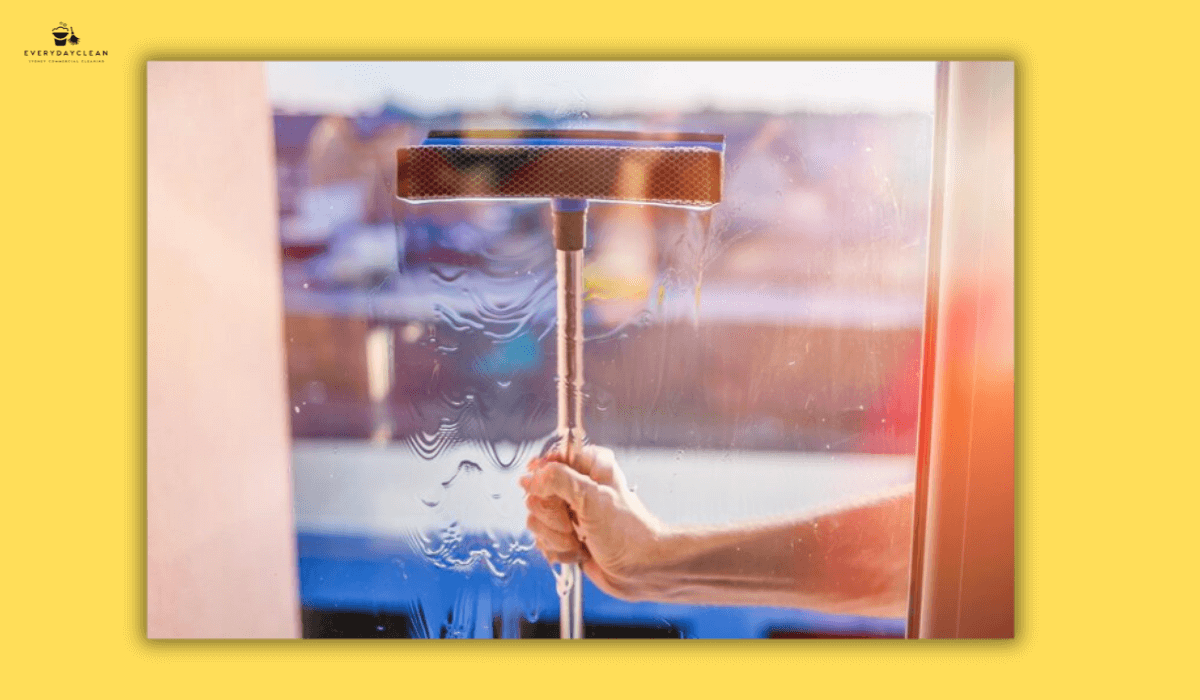
Essential Equipment for High Rise Window Cleaning
Before listing equipment, it’s important to understand why tool selection matters: at height, every piece of gear must be lightweight, secure, and purpose-built for glass cleaning. Using the wrong detergent or abrasive cloth can permanently damage high-value façade panels.
Typical professional equipment includes:
- Certified harness and fall-arrest system
- Twin ropes (working and backup lines)
- Helmet and tool lanyards
- Washer sleeve and squeegee set with replaceable rubbers
- Pure water filtration or detergent mix
- Non-lint cloths and scrapers for detailing
- Rope protectors and anchor slings for roof safety
Each item supports both cleanliness and control — ensuring technicians deliver perfect results without compromising safety.
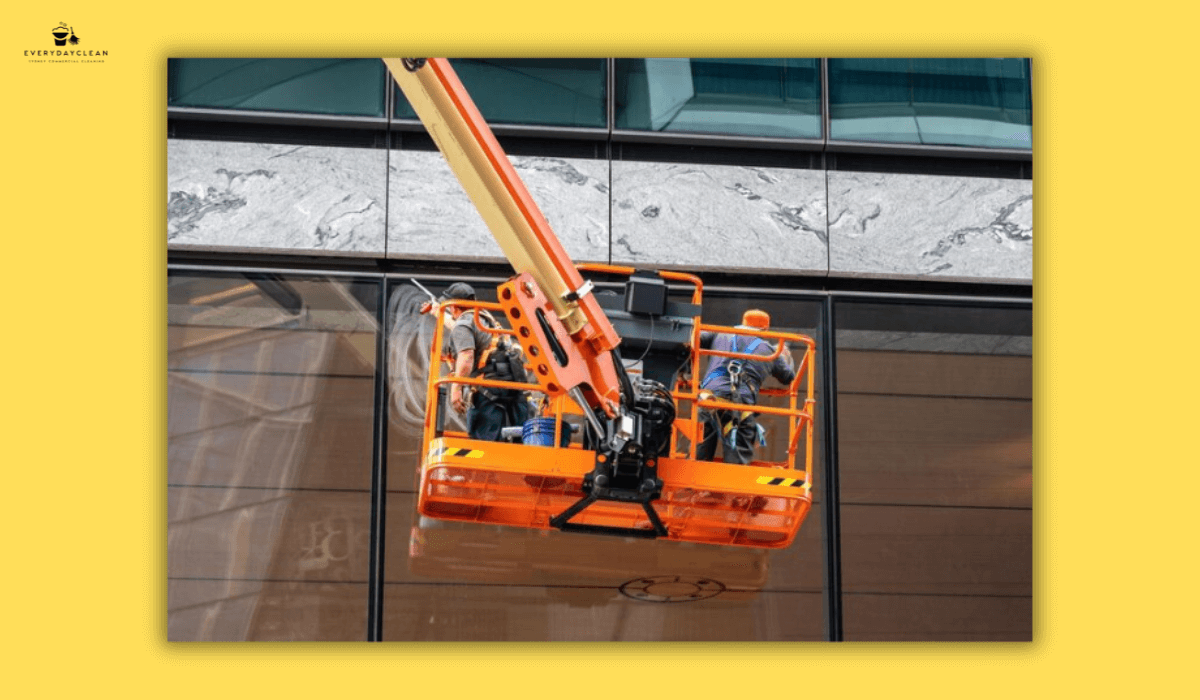
High Rise Window Cleaning Costs in Australia
Costs vary based on height, access complexity, and cleaning frequency. On average, Australian high-rise window cleaning ranges between $5–$15 per square metre, or $300–$800 per drop for mid-rise buildings.
Rope access is typically the most cost-efficient method for smaller façades, while BMUs or swing stages are reserved for towers with extensive glass coverage. Regular quarterly or biannual cleaning reduces long-term costs by preventing grime buildup, which takes more time and labour to remove.
Clear communication of the cleaning scope — such as “frames included” or “bird droppings removed” — ensures accurate quotes and consistent quality.
Safety Standards in High-Rise Window Cleaning
Every high-rise cleaning project must comply with Australian safety codes and rope-access standards. Crews perform risk assessments, use certified anchors, and document all procedures before starting work. The weather is continuously monitored, as sudden gusts or rain can make cleaning unsafe.
Personal protective equipment (PPE) — harnesses, helmets, gloves, and eye protection — is mandatory. Teams also prepare rescue plans to handle emergencies. This disciplined, safety-led culture is what separates professional cleaning contractors from casual operators.
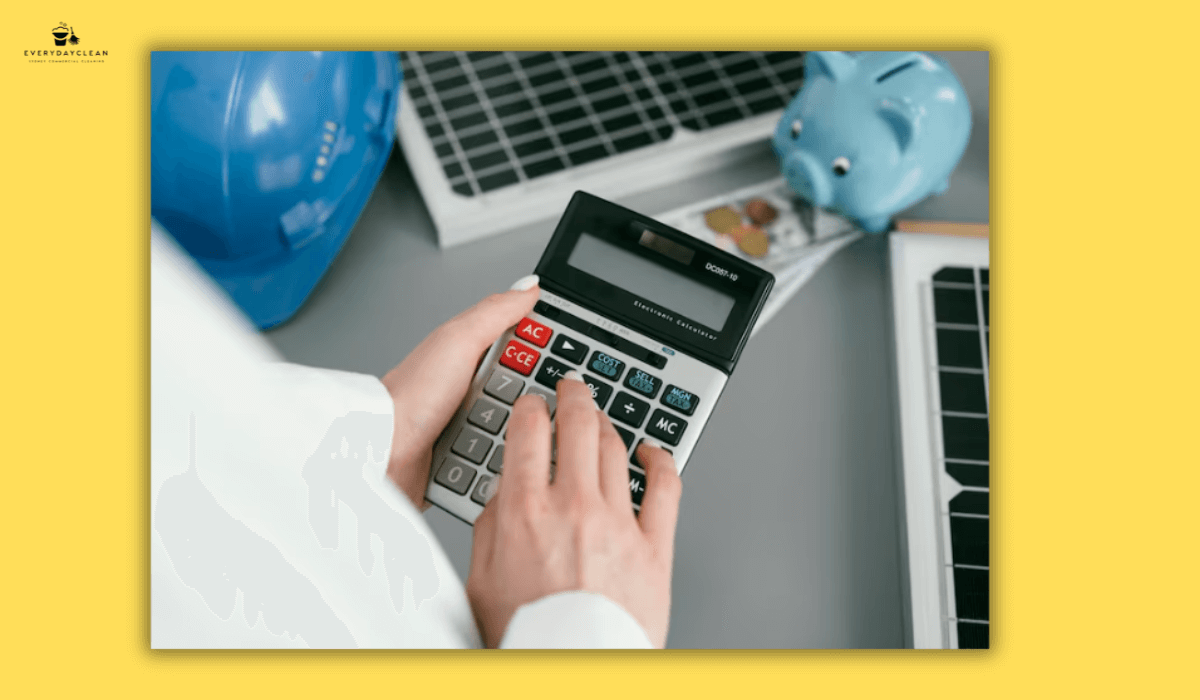
FAQs About High Rise Window Cleaning
Professional cleaning at height involves complex systems that building managers often have questions about. The following answers cover the most common search-based queries and clarify how expert cleaners manage both safety and cleanliness.
How often should high-rise windows be cleaned?
Most high-rise buildings in Australia are cleaned two to four times per year, depending on exposure to pollutants and weather. Coastal towers or those near busy roads need more frequent cleaning to prevent salt and grime from etching into the glass. Routine washing maintains visual clarity, protects window coatings, and lowers total maintenance costs over time.
What is the safest method for high-rise window cleaning?
The safest approach depends on the building design. Rope access remains the standard for flexibility and efficiency, while BMUs or swing stages are ideal for large façades requiring heavier equipment. Regardless of method, all must follow Safe Work Australia guidelines, with certified anchors, dual-line systems, and rescue plans in place. Safety always precedes speed or coverage.
What cleaning solution is best for high-rise glass?
For most façades, purified or deionised water is preferred because it leaves no mineral residue. Where deeper cleaning is needed, professionals use mild, pH-neutral detergents that remove grime without damaging coatings or seals. Harsh chemicals, ammonia, or acidic agents are avoided, as they can cause long-term deterioration of commercial glass.
How do cleaners prevent streaks or spotting on tall buildings?
Streaks are prevented through three controls: using clean squeegee rubbers, maintaining consistent pressure on each pass, and detailing edges before the water dries. Cleaning in the shade or during cooler hours also helps prevent premature drying. Many technicians use filtered-water systems that eliminate minerals entirely, leaving a flawless, clear finish.
Final Thoughts: A Precision-Based Cleaning Practice
High-rise window cleaning blends cleaning skill with technical precision. From the first anchor check to the final edge wipe, every stage requires discipline, timing, and safe technique. When performed by trained professionals, it not only enhances the look of the building but also preserves glass longevity and compliance standards.
Everyday Clean specialises in safe, eco-friendly commercial window cleaning across Sydney — ensuring every façade reflects professionalism, safety, and spotless quality.
Author: Everyday Clean Content Team
Everyday Clean is Sydney’s trusted provider of professional commercial cleaning solutions, including high-rise, office, gym, and childcare cleaning. Our licensed specialists deliver spotless, compliant results with eco-friendly methods and advanced access systems.
